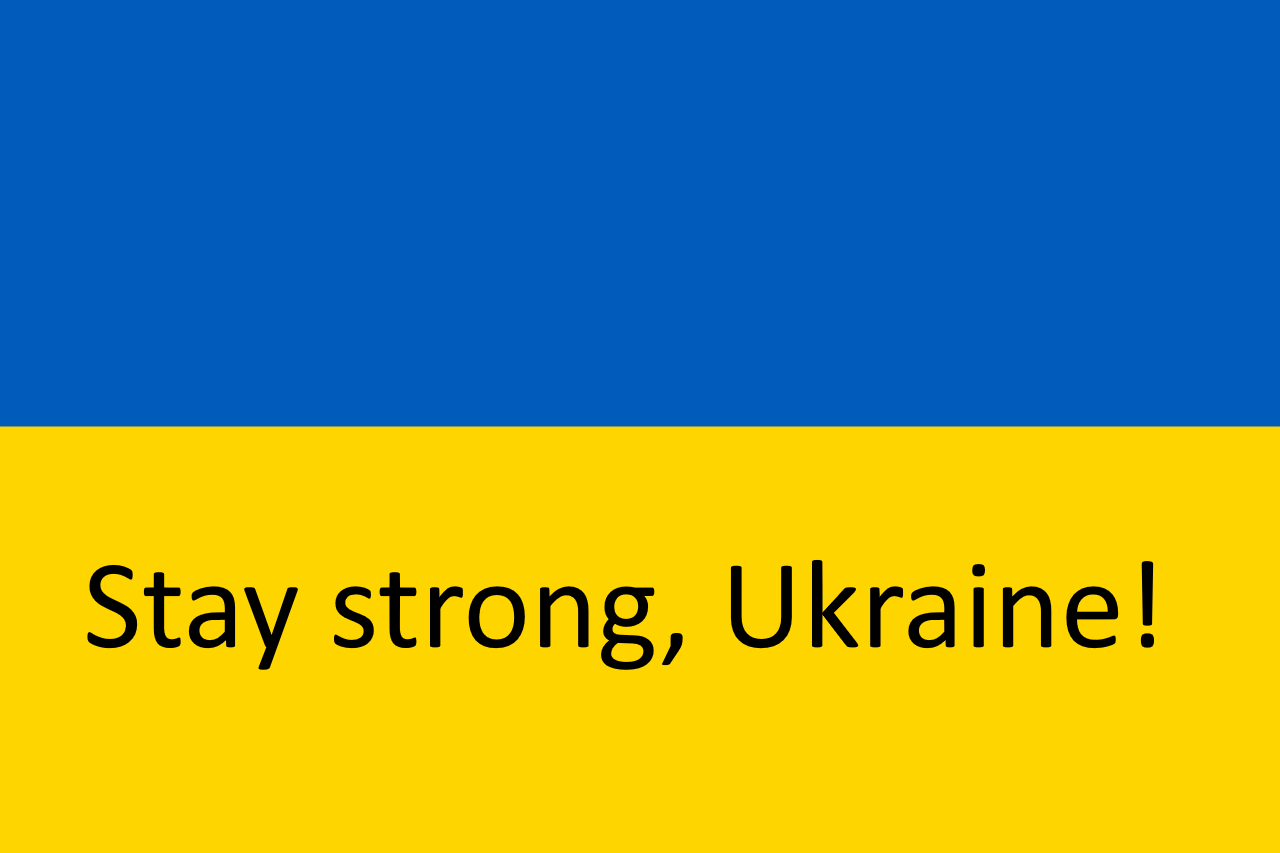Joost Buijs wrote:Hi,
Playing 'swindle' moves to avoid dead draws against a weaker opponent might work indeed, even against GMI, but it is not a good idea to play these type of moves against other computer opponents because there is a very big chance they will out calculate you.
I have an other approach, I want to have my engine play the strongest move as possible with the current state of technology. I still have a long way to go but I'm very curious to know how far my engine can be improved.
My engine is still very basic, just PVS with Probcut, LMR, SMP to make it faster, killers and history for move ordering, no other refinements yet. The last 3 days I tackled a lot of small issues, not really bugs but oversights, and it is already starting to play at a very decent level right now.
Still a lot of things to do though, right now I have the feeling that it will be better to let it rest for some days because it is not very healthy to spend so many hours behind the computer, at the least I'm getting squared eyes of it.
Joost
Hi Joost,
I agree 100% with you and I also look for the strongest move, but, in the draughts context you cannot win if your opponent do not make a mistake. As a consequence my feeling is that the strongest moves are those creating greatest difficulties for the opponent.
If you choose a strong positionnel move but your opponent cannot really miss the following sequence for the 10 following moves then it may appear that another move may be far better to try and provoque a mistake. In other words your strong positionnel move is certainly the best one to avoid losing but not the best move for trying to win.
Here is my approach: instead of playing the best move to avoid losing I look for the best move to try to win without taking too many risks of losing.
As you see the point is the following : in a drawing game like draughts what do we mean by "strongest move" ?
What is your own definition?

